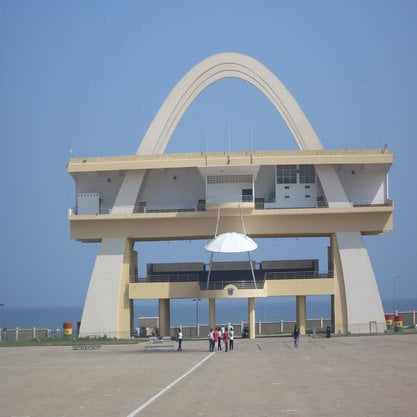Article
Mede, Cuthy (1949--) By Birch de Aguilar , Laurel
Article
Born in Zimbabwe in 1949 to Malawian parents, Cuthbert (Cuthy) Mede grew up on Likoma Island, Lake Malawi. Internationally, Mede is considered the most well known Malawian artist. Known for his cubist forms and pointillist style, Mede unites modern art techniques with traditional Malawian subjects, and his work is inspired by his religious beliefs and local imagery. With a single dot giving perspective to his pointillism paintings, Mede’s most well recognized style emerges in wavy lines of white light over portraits of local people, or vivid primary colors of dancing, celebrations, and movement. His subjects are distinctly local: a woman with snuff; a witchdoctor; a mother and child; traditional instruments; cooking pots; images of imaginary spirit forms in reds, oranges and blues. Cuthy Mede taught modern art in Chancellor College as a young man, but soon became a successful artist. Mede opened the first art gallery in Malawi, the Gallerie Africaine in the city center, in Lilongwe in the early 1980s, and exhibited his works throughout Malawi from 1970s on, finding success worldwide. In recent years Mede is known for his fluorescent tube white garden and his purely white artworks.

